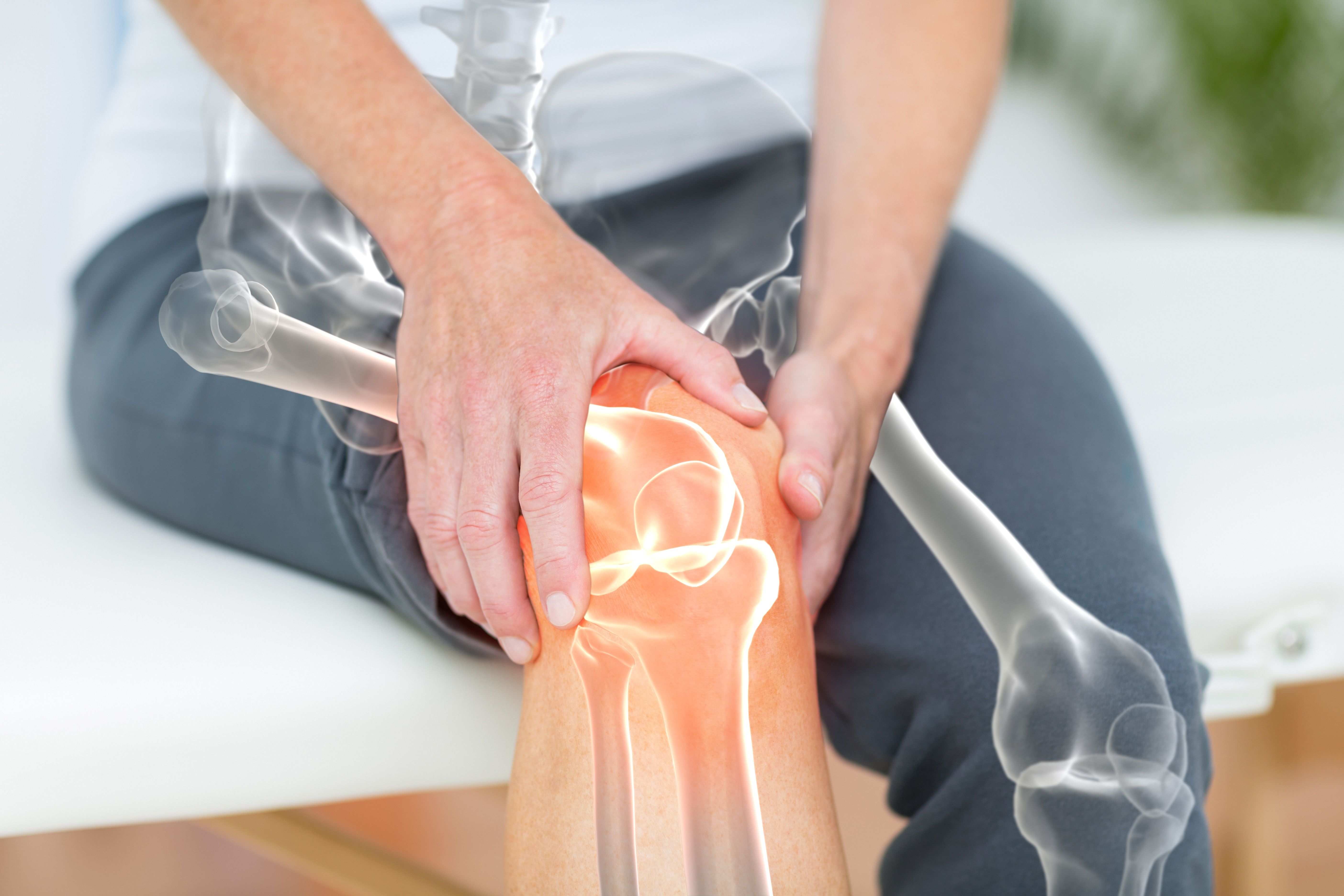Article
Intravenous Ketamine Offers Postoperative Pain Relief After Total Knee, Hip Arthroplasty
Author(s):
Intravenous administration of ketamine in patients undergoing total knee or hip arthroplasty is safe and effective for postoperative pain relief and the reduction of morphine consumption without increasing the risk of gastrointestinal or psychotic adverse effects, say researchers writing in the BMJ Open last month.
(©WaveBreak3, AdobeStock)

Intravenous administration of ketamine in patients undergoing total knee or hip arthroplasty is safe and effective for postoperative pain relief and the reduction of morphine consumption without increasing the risk of gastrointestinal or psychotic adverse effects, say researchers writing in the BMJ Open last month.
Few studies have investigated the analgesic effect of ketamine, a non-competitive N-methyl-D-aspartate receptor antagonist, on patients after total knee or hip arthroplasty, who are likely to experience severe postoperative pain, impeded rehabilitation and prolonged hospitalization. Morphine is the most widely used narcotic for postoperative pain control but has been shown to lead to a high incidence of adverse effects including nausea and vomiting, which may severely impede postoperative convalescence. Ketamine has been shown to reduce postoperative pain intensity and analgesic consumption after total joint arthroplasty, when administered intravenously, but several studies disagree with such efficacy. Meanwhile, the feasibility of implementing intra-articular administration of ketamine after joint surgery also remains a subject of debate. Healthcare providers need to understand how well ketamine works as an analgesic and what the incidence of its adverse effects is.
In this first systematic review and meta-analysis to evaluate the therapeutic benefits of ketamine in different administration routes for pain control after total knee or hip arthroplasty, researches included 10 randomized placebo-controlled trials. Data on pain intensity, morphine consumption, gastrointestinal and psychotic adverse effects were extracted by two reviewers independently.
“This is the first study that investigates the morphine-sparing effect of different administration routes of ketamine after knee or hip arthroplasty through meta-analysis,” wrote the authors, led by Dongxing Xie, M.D., of Central South University in Changsha, China.
Three studies, including a total of 149 participants, showed that, when compared with placebo, intravenous ketamine was effective for pain relief during the zero–eight-hour (weighted mean difference (WMD) −1.21, 95% CI −1.45 to −0.98, p<0.001) but not during the eight–24-hour postoperative periods. Intravenous ketamine was also effective for reduction of cumulative morphine consumption during the zero–24-hour (WMD −17.76, 95% CI −31.25 to −4.27, p=0.01; five studies, 366 participants) and the zero–48-hour (WMD −21.79, 95% CI −25.46 to −18.11, p<0.001; four studies, 252 participants) postoperative periods, without increasing risks of gastrointestinal or psychotic adverse effects. The limited available data for both intra-articular ketamine (WMD −0.49, 95% CI −0.70 to −0.29, p<0.001; two studies, 83 participants) and epidural ketamine (WMD −2.10, 95% CI −3.30 to −0.90, p<0.001; one study, 20 participants) suggested a significant reduction in pain intensity during the eight–24-hour postoperative period.
“Psychotic and gastrointestinal adverse effects of the intravenous and intra-articular administration of ketamine in total knee or hip arthroplasty patients were similar to, or even less that of saline controls. This suggests that both the intravenous and intra-articular administration of ketamine can be considered as a recommendation for patients scheduled for total knee or hip arthroplasty.”
However, “the analgesic efficacy and safety of ketamine seem to vary by different administration routes and still warrants further studies to explore,” the authors wrote.
The limitations of the meta-analysis included the lack of uniform doses of ketamine and start time of injection, which may contribute to the deviation of the overall results, along with substantial heterogeneity observed in some of the results and the limited number of studies included.
REFERENCE
Bei Xu1, Yilun Wang, Chao Zeng, et al. “Analgesic efficacy and safety of ketamine after total knee or hip arthroplasty: a meta-analysis of randomised placebo-controlled studies.” BMJ Open. September 13, 2019. doi: 10.1136/bmjopen-2018-028337




